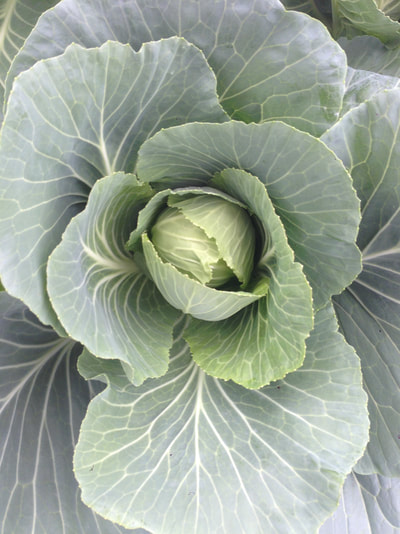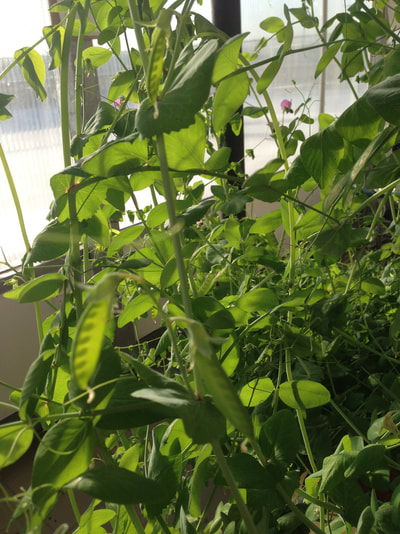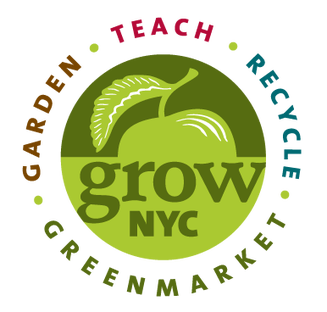Mission Statement
|
All around New York City, the accessibility of local, fresh food is limited. Many people find that the prices and distance prevent them from getting produce that is both healthy and has a smaller carbon footprint. At HSTAT in Brooklyn, we have a greenhouse on our rooftop full of hydroponic systems (a method of growing plants in a water based nutrient solution) operated by the gardening club with Ms. Giambanco.
|
Here, students in the gardening club grow a wide variety of vegetables, herbs and leafy greens, including lettuce, cucumbers, basil, eggplant, bok choy, peas, tomatoes, and much more! After each harvest, the gardening club holds markets to sell their produce to students and teachers at low prices. HSTAT gardening club members are committed to making fresh, locally grown food accessible to people regardless of financial situation.
|
Fresh Local Produce
After randomly surveying 120 Brooklyn residents to learn more out the accessibility of locally produce food, I found that the demand exists. In fact, when asked if they would purchase locally grown food if they had access to it, 81.67% of participants showed interest whether responding very likely, likely or somewhat likely. Unfortunately in New York City, distance and cost prohibit people from getting fresh locally grown food. HSTAT gardening club members are committed to making fresh, locally grown food accessible to people regardless of their financial situation. After each harvest (roughly once a month) we open the greenhouse as a market to sell our produce to students and teachers at very low prices.
Statistics
|
According to a publication released in 2007 by the National Resources Defense Council, “In 2005, the import of fruits, nuts, and vegetables into California by airplane released more than 70,000 tons of CO2, which is equivalent to more than 12,000 cars on the road.”
Furthermore, “Almost 250,000 tons of global warming gases released were attributable to imports of food products—the equivalent amount of pollution produced by more than 40,000 vehicles on the road or nearly two power plants” (NRDC, 2007). This data is alarming because while people can focus on reducing their carbon emissions in other ways, food is essential to survival. Most of the time, people do not even realize where their food comes from and therefore are not informed enough to make the right decisions. |
For more information:
|
Farmers Markets
|
In NYC, a non-profit organization called GrowNYC has been working since 1970 to improve the quality of life in our city by fighting for a clean and healthy environment for local residents and future generations. One way they do this is through their Greenmarket program “with a two-fold mission: to promote regional agriculture by providing small family farms the opportunity to sell their locally grown products directly to consumers, and to ensure that all New Yorkers have access to the freshest, most nutritious locally grown food the region has to offer.” Visiting farmers markets is one of the best ways to connect with the origins of your food. The more aware people are about the food they eat, where it comes from, and the environmental consequences of their choices, the more inclined they will be to make a change for the planet’s well-being and their own.
Click the buttons below to learn more and find your nearest Greenmarket. |
Sign our petition to support building more greenhouses in NYC public schools! |








